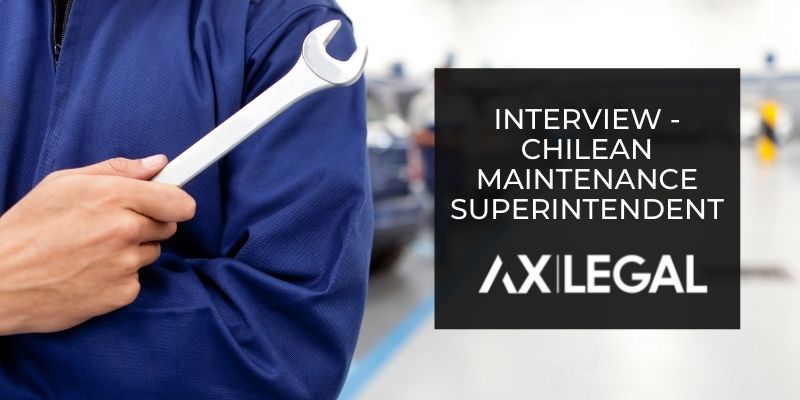Over the last 6 weeks, we interviewed maintenance professionals from both the Chilean and Peruvian mining industry. The idea was to provide foreign companies with an inside view into the local maintenance function from the perspective of those actually working in it. Check out our summary.
Full storyDominga Project Overview
The Dominga iron and copper mining project involves the construction of two open-pit mines, a mineral processing plant, a water desalination plant, as well as a seaport shipping terminal in the town of Totoralillo Norte, Chile.
Full storyInterview – Luis Gutiérrez, Maintenance Superintendent
Ax Legal spoke with Luis Gutiérrez, currently a Maintenance Superintendent at Thiess Chile. Luis has more than eighteen years of experience in maintenance and management roles both in Chile and internationally.
Full storyInterview – Maintenance in Peruvian Mining Operations
Cesar Aponte has had a long career in the maintenance field where has worked in international mining operations in places such as Canada and Peru. He is currently the Maintenance Manager for Pan American Silver in Peru where he is responsible for the heavy equipment.
Full storyProductivity in the Chilean Mining Industry
Productivity in the Chilean mining industry has lagged that of other developed mining jurisdictions for some time. In response to these concerns, the government conducted a study in 2018 through Comisión Nacional de Productividad (CNP). We provide a summary of the report.
Full storyPeru Mining – Las Bambas Overview
Las Bambas is one of the largest copper mines to come online in recent years. It is an open-pit mine located at altitude of about 4000 meters above sea level. The project began commercial production in July 2016 and has an operational life of more than 20 years.
Full story






 Santiago
Santiago Sydney
Sydney Lima
Lima